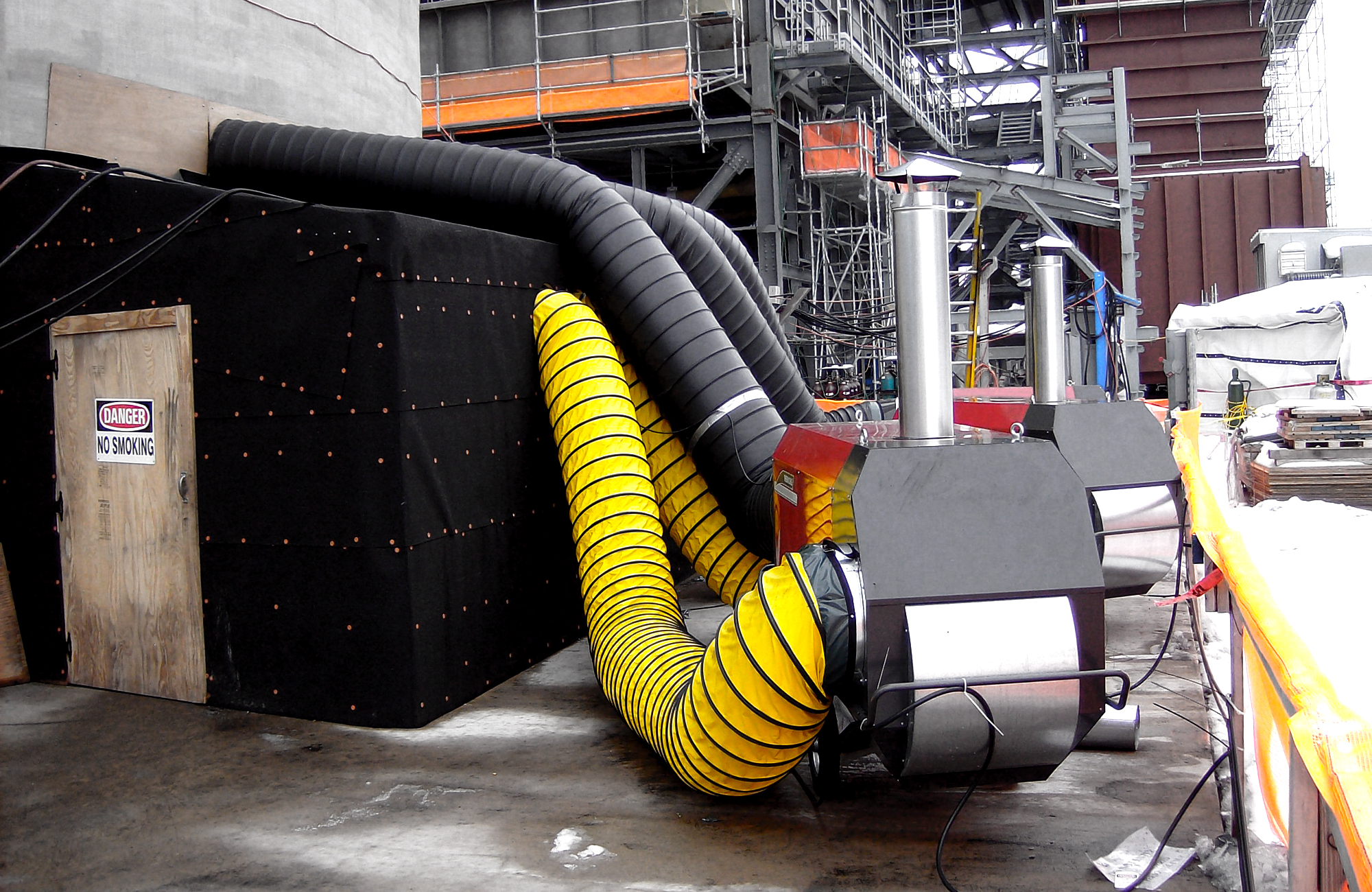
More efficient heating: saving money and fuel

More efficient heating: saving money and fuel
Fuels are becoming increasingly expensive and, of course, we also want fuelling to be as environmentally friendly as possible. Therefore, to save as much money and fuel as much as possible, we have to heat as efficiently as possible. There are a number of options for this, but not all of them can be applied everywhere and at all times.
Indirectly fired heaters such as the ITA, IMA and IMAC
These heaters have a heat exchanger so that heated air does not come into contact with the combustion process and combustion gases are discharged through a chimney. These heaters can be arranged outside or inside, depending on a number of factors. If the chimney cannot be led outside or the heater produces too much noise indoors, then the heater must be installed outdoors, In the latter case, hot air is always fed in by means of an air transport hose. There must therefore always be an option to insert an air hose with a diameter of (usually) 30 to 60 cm. This is often possible by replacing a window with a wooden panel with a through hole.
Indoor installation
The most efficient heater is an indirectly fired one installed indoors from which the chimney is guided outside (pay attention to the installation instructions). As a result, all air in the room is fed back through the heater, so that the heater needs to heat less cold air and the room comes up to temperature faster using less fuel. Ventilation is also required for indirectly fired heaters because oxygen is used for combustion. The efficiency of indirectly fired Thermobile heaters is around 92% and around 8% of the heat produced is discharged through the chimney.
Outdoor installation
In many cases, an outdoor installation of the heater is preferred. The disadvantage is that the (very) cold outdoor air must be heated, meaning that the discharge temperature is much lower than with an indoor installation
Recirculation
Large fuel savings can be achieved by making use of so-called recirculation hoses. In this case, already heated air from the room to be heated is (partly) recirculated/sucked in to/through the heater. In most cases, a recirculation hose can only be connected to heaters with centrifugal/radial fans. Depending on the type of heater, one or more recirculation hoses can be connected. With several connection points, it’s therefore possible to choose to recirculate only a part or almost all of the air. Sometimes, it’s also desirable not to recirculate all air because you also want to bring in fresh air or, in the case of heating tents, you want to create a certain over-pressure to keep cold air from outside coming in through cracks. All Thermobile IMA and IMAC heaters (with radial fans) can be equipped with one or two recirculation hoses. Depending on the type, an optional recirculation flange may be required. The more air is recirculated, the higher the fuel savings can be. Keep the length of the (recirculation) hoses in the open air as short as possible. The longer the length of the hoses in the outdoor air, the greater the air cooling in those hoses and therefore also the greater the heat loss. By using heaters as an indoor installation or an outdoor installation with recirculation, up to 30% energy savings can be achieved.